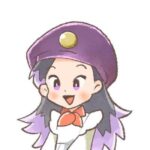
歌舞伎について知っていますか?
歌舞伎は、日本固有の伝統芸能の1つです。
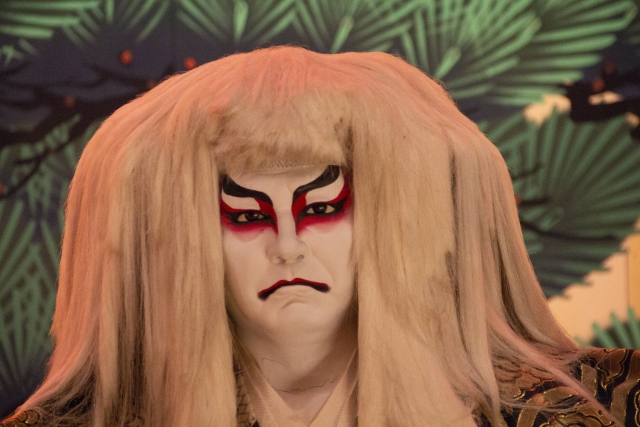
歌舞伎は、全ての役を男性がするのが特有の演劇です。
しかし、最初から男性だけで行なっていたわけではありません。
歌舞伎は、江戸時代の初めの頃に、「ややこ踊り」と呼ばれる踊りをする「出雲の阿国」という女性から始まったとされています。
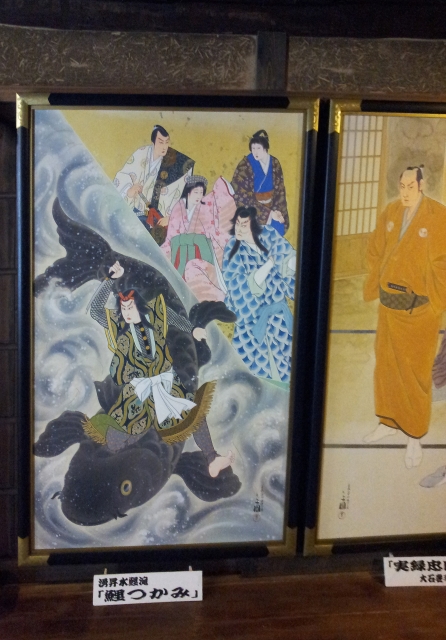
阿国のややこ踊りは、慶長8年(1603年)には、「かぶき踊り」と呼ばれるようになりました。これが、歌舞伎のはじまりということになっています。
「歌舞伎」は「かぶき」という言葉に漢字をつけたものですが、「かぶき」という言葉は「かぶく」という言葉が変化しました。
「かぶく」とは、世の中の普通の行動に対して、気ままな勝手な振る舞いや奇抜な行動をすることです。そういうかぶいた行動をする人を「傾奇者」と呼ばれていました。
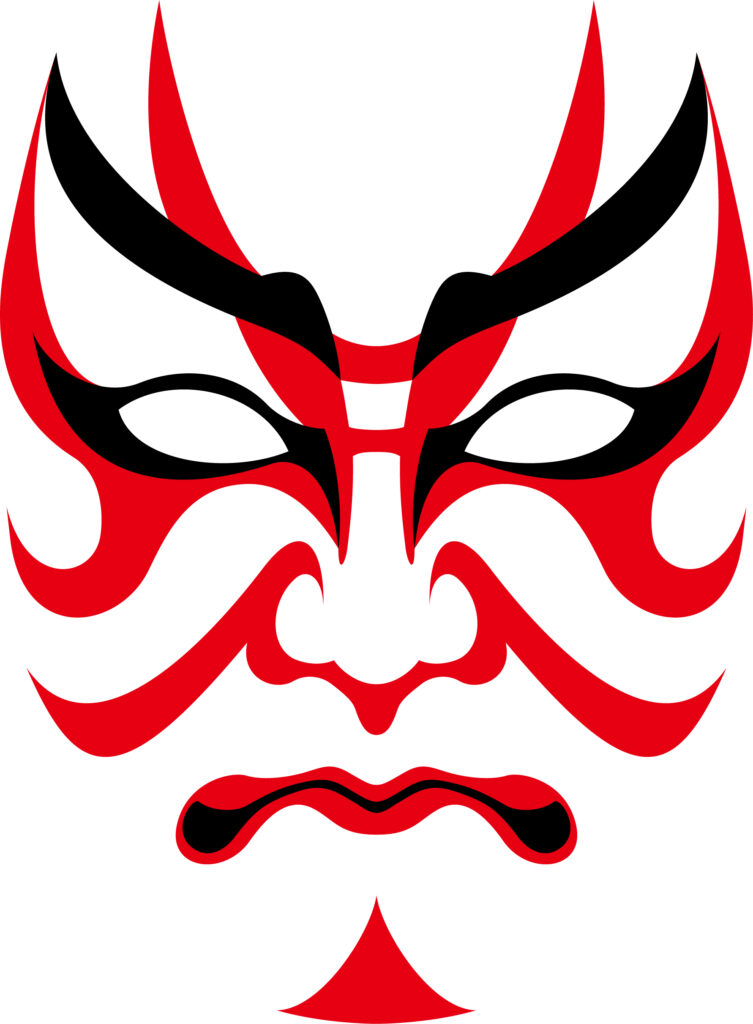
阿国に人気が出たのは、傾奇者を真似た派手な男性の衣装で登場したからです。
このようにして誕生した歌舞伎は、時代に合わせて変化しながら現代まで400年以上続いています。
関係する言葉については、次のページを読んでください。
Kabuki
Kabuki is one of the traditional performing arts unique to Japan.
Kabuki is a unique form of theater in which all roles are played by men.
However, it was not always performed exclusively by men.
Kabuki is said to have begun around the beginning of the Edo period(1603-1867) with a woman named Izumo no Akuni, who performed a dance called yayako odori.
In 1603, Akuni’s Yayako Odori became known as Kabuki Odori (Kabuki dance). This is believed to be the beginning of Kabuki.
The word “kabuki” is derived from the Kanji (Chinese characters) for “歌舞伎/kabuki,” which is a variation of the word “kabuku.
Kabuku” means to act in an unrestrained, selfish, or eccentric manner in contrast to normal behavior in the world. People who engaged in such eccentric behavior were called “kabuki-person.
Aguni became popular because she appeared in flamboyant male costumes that imitated a kabuki-person.
Kabuki was born in this way and has continued for more than 400 years, changing with the times, until the present day.
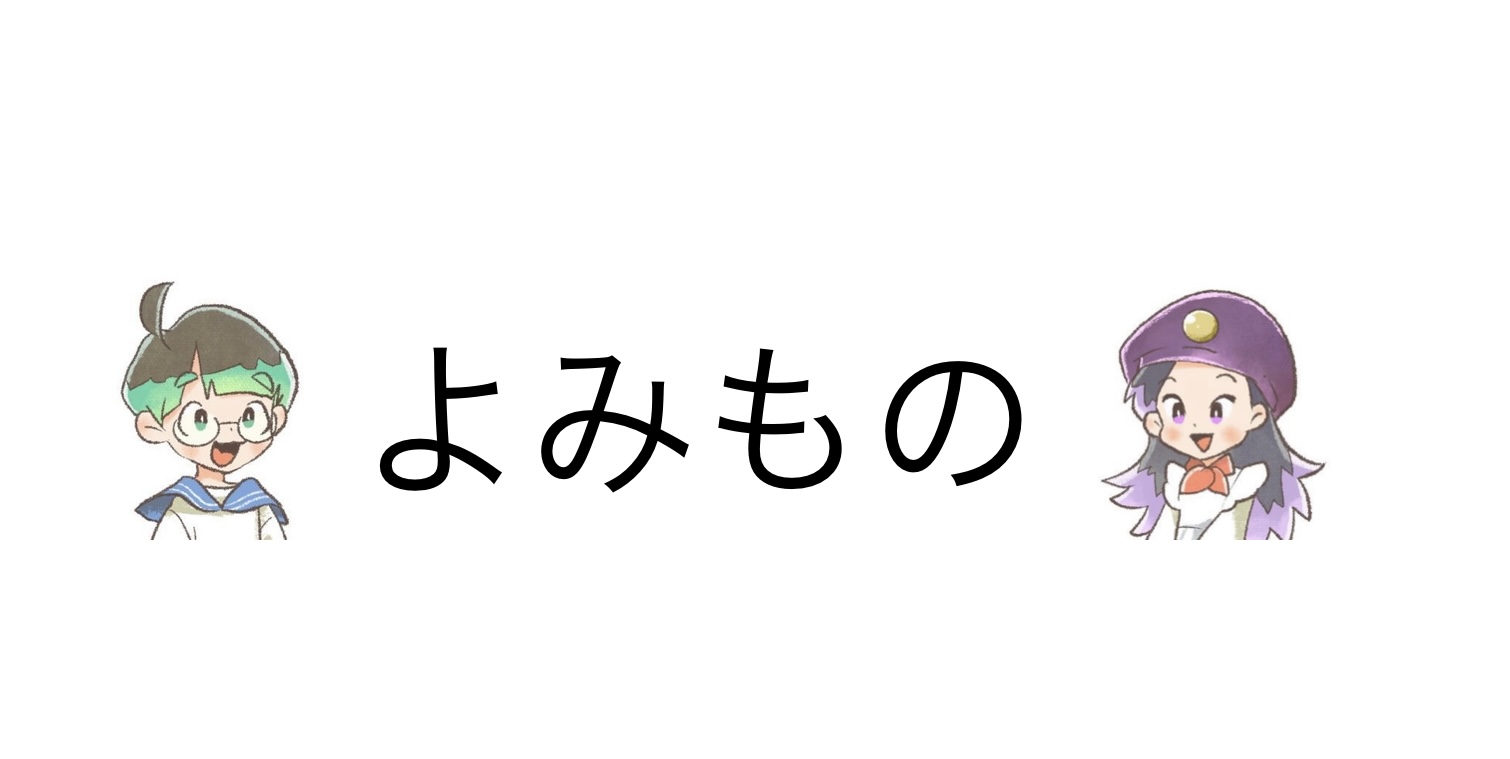
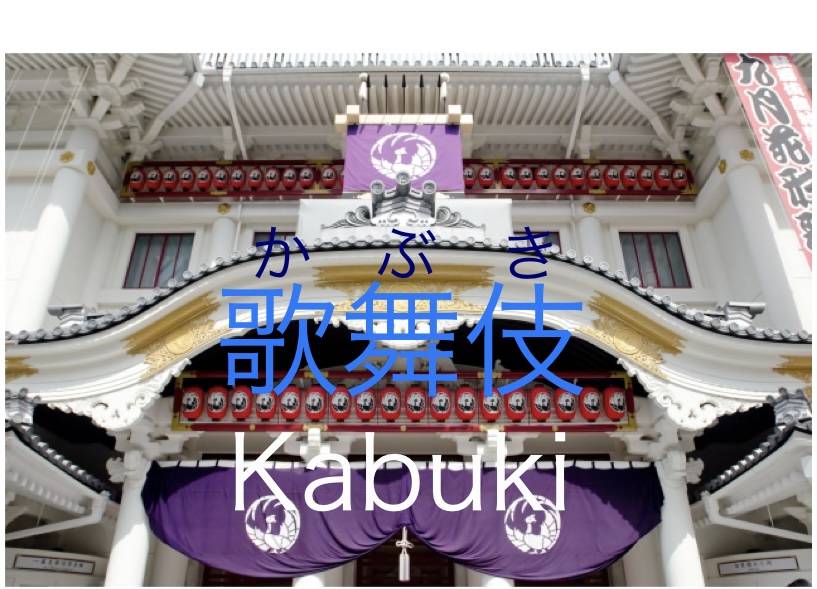


コメント